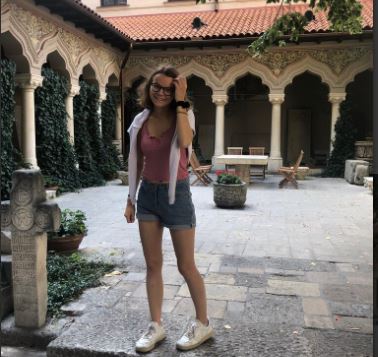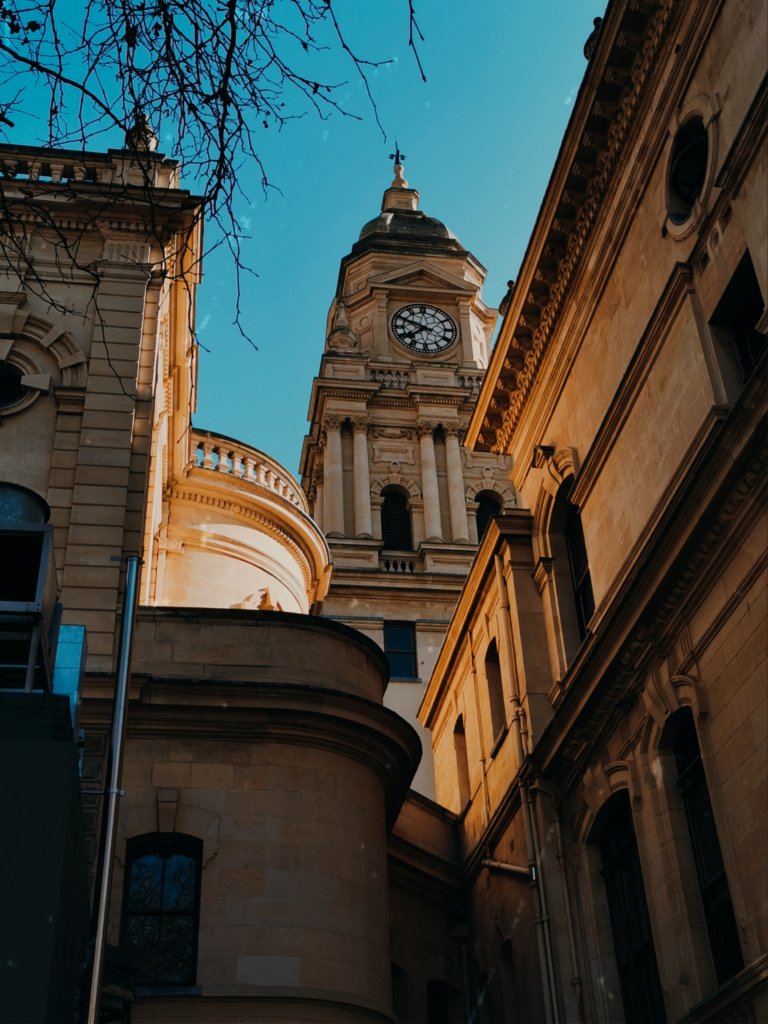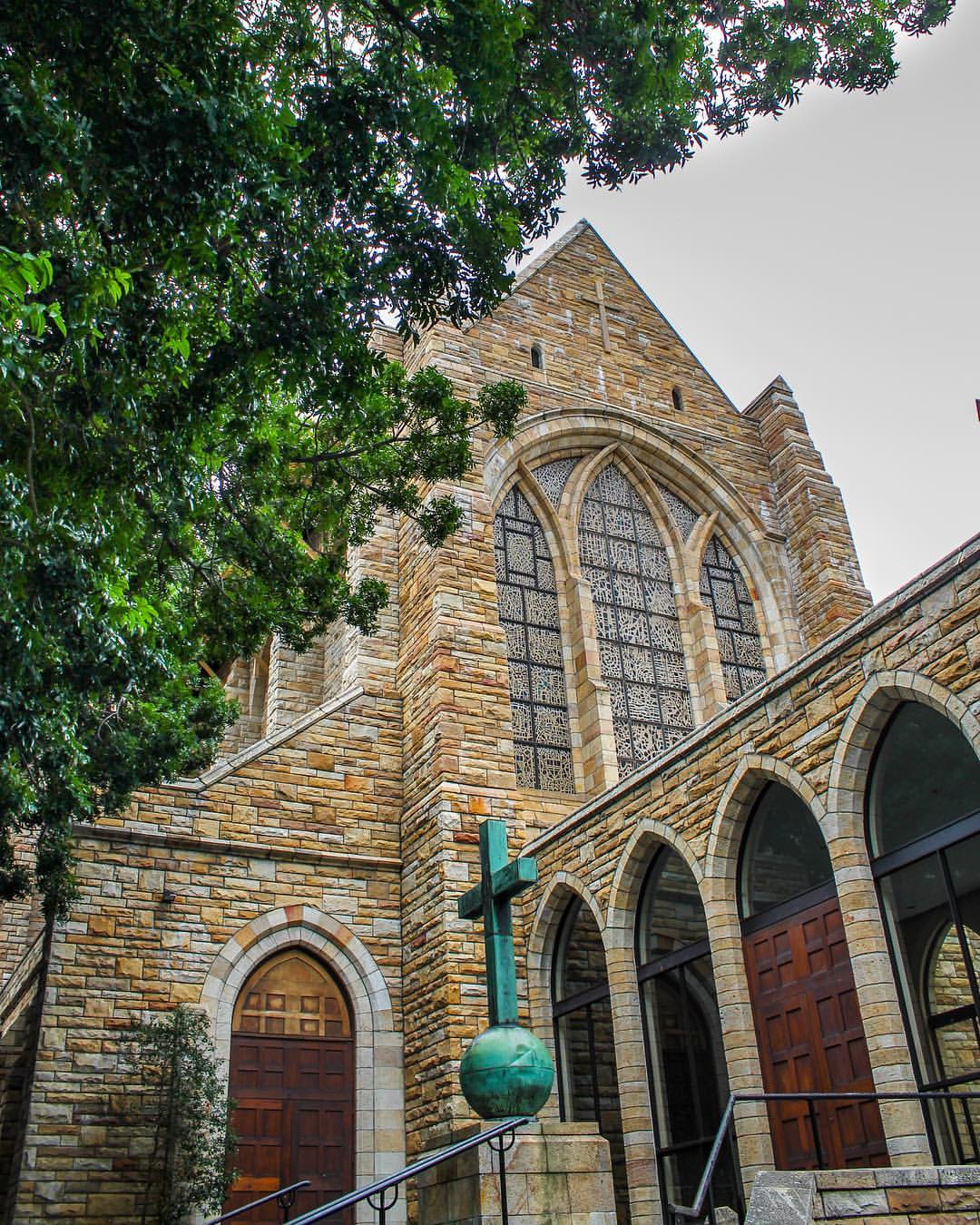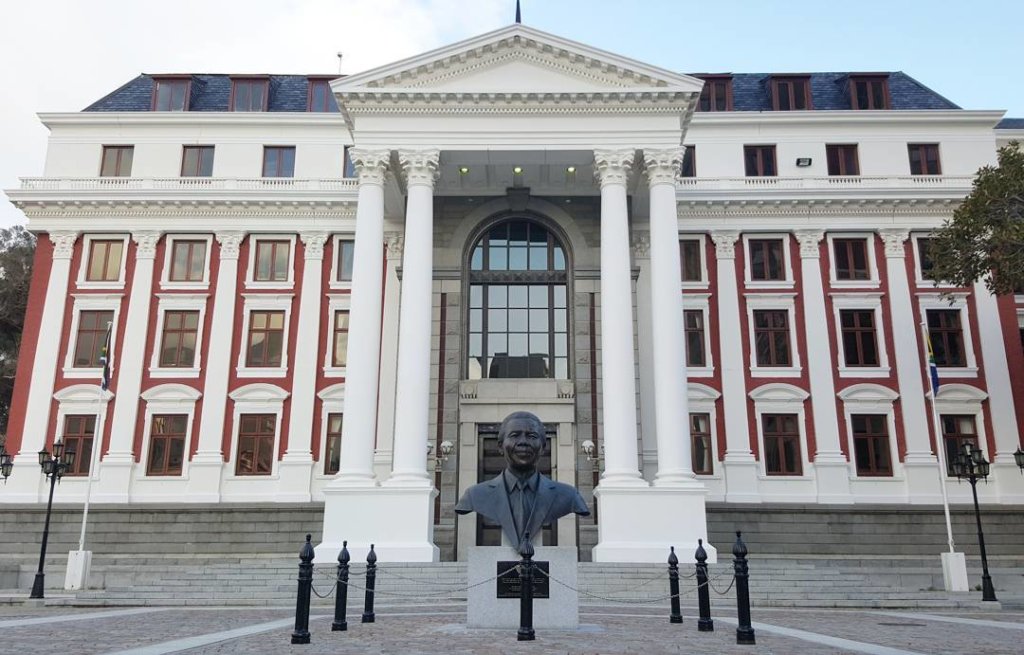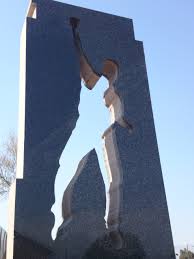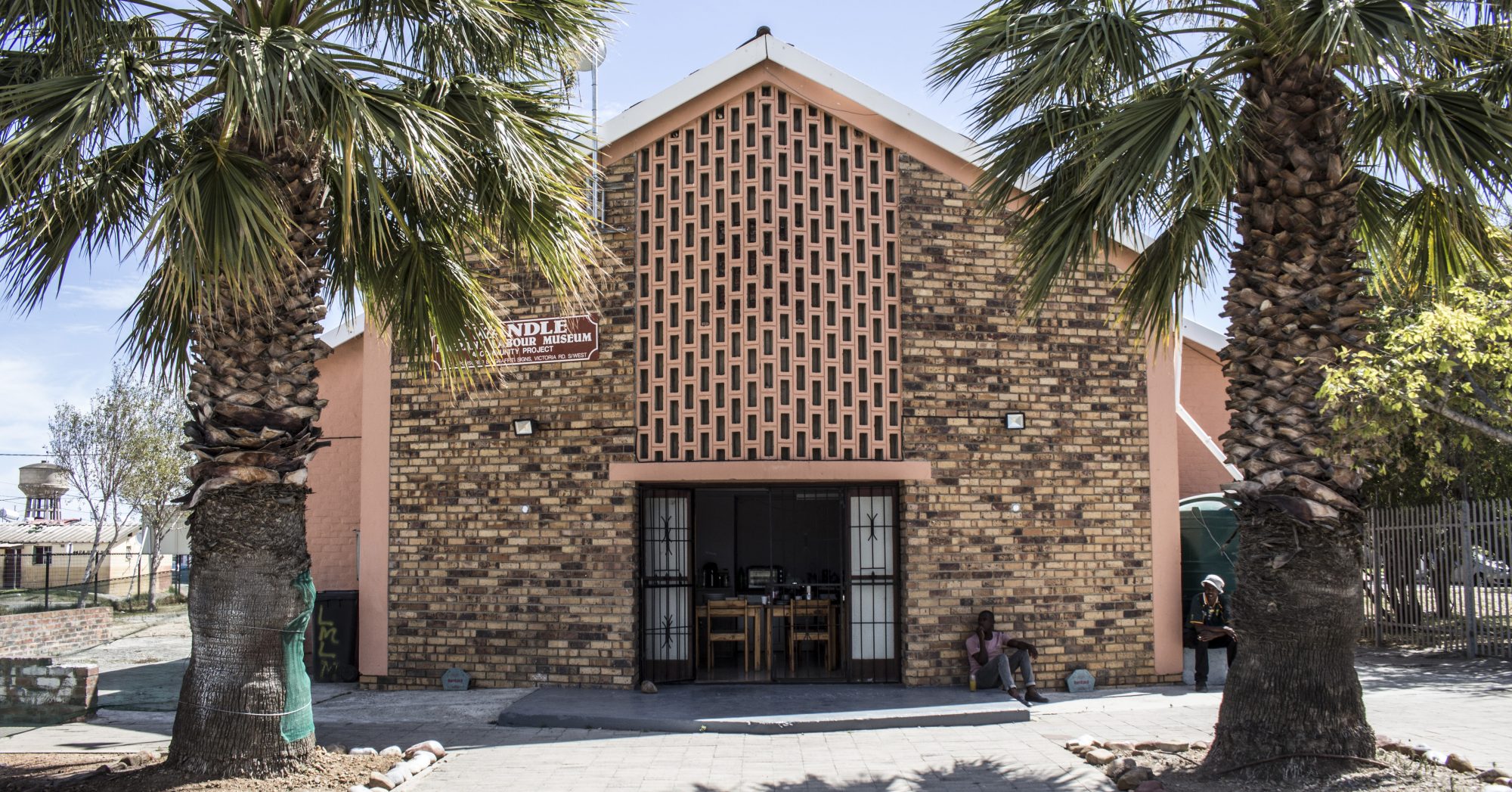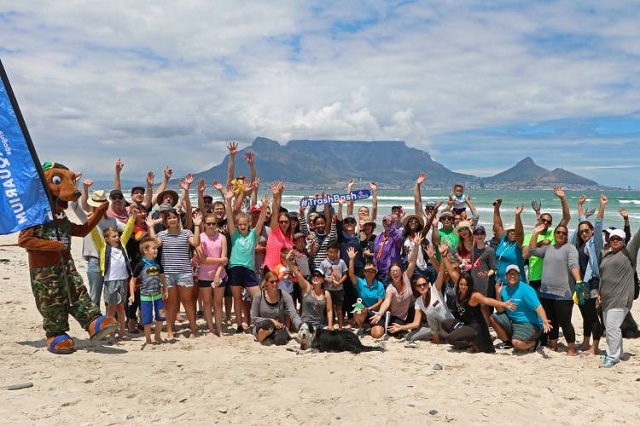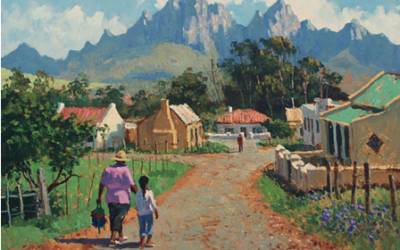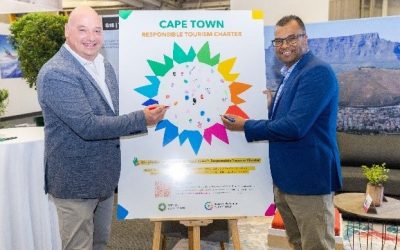Tracing the History of Apartheid with Julie Partsch, Cape Town Green Map Virtual Intern, as she delves deeper into South Africa’s and Cape Town’s history in her (virtual) trip to Cape Town.
South Africa has a rich and fascinating, but also very difficult history of which significant parts happened right here in Cape Town. Visitors and locals alike should engage with the country’s heritage in order to commemorate the atrocities that occurred and learn from its past. While it might be quite a difficult day out, visiting these locations is also a very interesting and rewarding activity – an activity I would never forego when visiting a new (or familiar) place.
These past few weeks I have been roaming through the streets of Cape Town and taking in the local sights and activities, all from the comforts of my house in rainy-grey Oxford, discovering how tourism might work during the Covid-19 pandemic while getting myself – and hopefully you – excited for the time when borders are back open and we can actually visit Cape Town, the city that has been on my bucket list for years!
As I mentioned before, I’m a big history lover and studied African Studies at university. So, I couldn’t leave out learning more about the city’s history and the sites at which we can witness and engage with country’s past. Growing up in Berlin, a city with a rich but painful history, tracing a country’s past through sites in a city holds a really important place in my heart. I also think that heritage and eco-tourism go hand in hand when promoting and supporting responsible tourism, which is a focus of the Cape Town Green Map!
Cape Town’s heritage is so rich, I couldn’t confine it to one single blog post, so I decided to walk back in time starting with apartheid, moving to the early colonial period up until the area before the arrival of Europeans to give each period its due diligence. At the end of this ‘walk back in time’, I want to move back into the current period, discussing how South Africa has (and in some aspects has not) changed to witness the effects of the country’s long and difficult history.
Tracing the History of Apartheid
The first five spots are definitely doable to walk in a day or less – although if you intend to actually go to Robben Island and not just the museum on the V&A Waterfront, you might find yourself a bit strapped for time and overwhelmed. The other three are further away and require transport, but their distance shouldn’t scare you off of visiting them – they are very much still within the city and look fascinating to visit. Either way, I think you can spend days learning about Cape Town’s history, so this isn’t something I would rush!
Robben Island
www.robben-island.org.za; Nelson Mandela Gateway V&A Waterfront, Cape Town, 8001
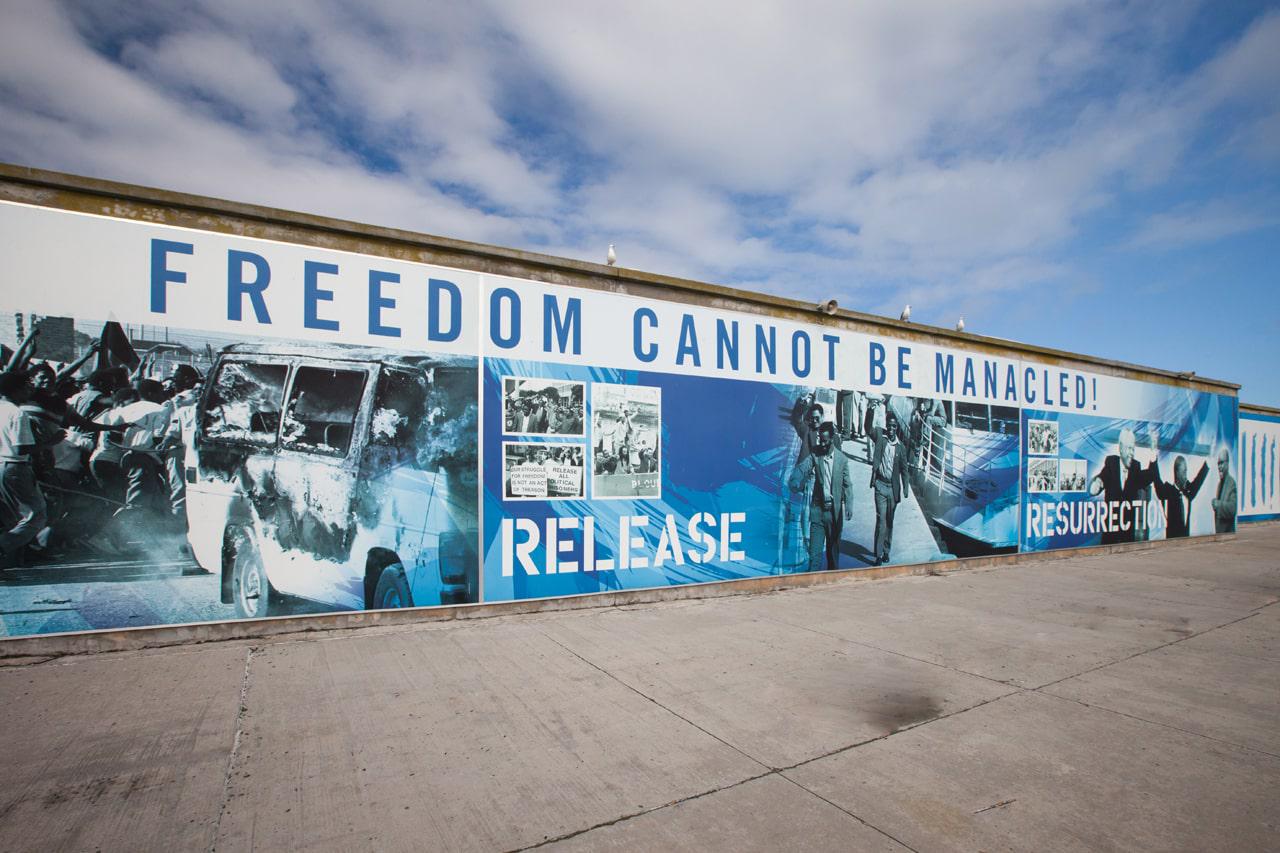
Robben Island might be an obvious one for this tour, but I couldn’t leave it off after the insanely good reviews I heard from friends and family over the years.
Robben Island is, of course, the prison that Nelson Mandela spent 18 of his 27 years in prison among many other notable South African freedom fighters, but it was also used for various other purposes over the years, including a hospital for socially unacceptable groups, a leper colony and even a military base. You can visit the museum on the V&A Waterfront, but a visit to the island itself seems so worth it – you get shown around by a former prisoner, allowing you an insight by a person who actually knows what life was like in this maximum-security prison. I also highly recommend checking out their website: there are virtual tours and testimonials to read if you happen to not be in Cape Town (like me!).
INFO: Ferries operate at 9:00, 11:00, 13:00 and 15:00 every day. Arrive at least 30 mins before departure. South African nationals pay R400 for adults and R210 for children under 18. Non-South Africans pay R600 per adult and R310 for children under 18. A tour (incl. ferry rides) takes around 3.5-4 hours. Bookings should be made beforehand.
City Hall
Darling St, Cape Town, 8001
Source: www.capetown.travel/
If you go for a stroll around the centre of Cape Town, you can’t miss this stunning, Edwardian building. This is the City Hall, which used to host the offices of city officials but then became a library and today is a venue for events. The auditorium is the home of the Cape Town Philharmonic Orchetra.
The balcony of the City Hall is most famous for being the exact spot from which Nelson Mandela addressed South Africans upon his release in 1990. This was a pivotal point in South African History, symbolising the last stretch of a continued fight over decades against the apartheid regime, culminating in democracy in 1994. In 2018, a statue of Nelson Mandela was unveiled on exactly the spot he made his speech from to commemorate this historical moment.
INFO: Nelson Mandela’s statue is on the outside balcony and always accessible. Entrance is generally dependent on specific events and so are opening hours. .
St. Georges Cathedral
www.sgcathedral.co.za; 5 Wale St, Cape Town, 8001
Source: www.capetown.travel/
This cathedral is the oldest cathedral in all of South Africa, making it worth a visit, but it also played a fascinating role during apartheid. It accepted people of varied backgrounds to join their congregation, therefore breaking segregation rule and actively fighting to undermine the apartheid regime, giving it its nickname ‘People’s Cathedral’. It is also the seat of Archbishop Desmond Tutu, who won a Nobel prize for his work on reconciliation in South Africa. They do tours to teach you more about the cathedral’s history and architecture, but it is also just nice to have a quick look inside, as it’s conveniently located right in the centre among other notable spots.
INFO: 1-hour tours around the cathedral can be booked via reception@sgcathedral.co.za.
Houses of Parliament
www.parliament.gov.za/; 120 Plein Street, Parliament of South Africa, Cape Town, 8001
Source: www.capetown.travel/
Cape Town is South Africa’s Legislative Capital and the parliament is located here. The Houses of Parliament, which consist of three buildings that started being built in 1884, with additional parts added over the years, is a stunningly imposing building in the city centre, that is sure to impress you upon arrival. As parliament has been residing in this building all throughout apartheid it was a key site for formulating and debating apartheid policy. They do tours around the building, Visits during parliamentary sittings will need tp be arranged by invitation.
INFO: The 1-hour tours run from Monday to Friday and need to be confirmed via tours@parliament.gov.za at least a week beforehand. These tours are free, but visitors are advised that they will require a proof of identification to enter the building.
District Six Museum
www.districtsix.co.za/; 25a Buitenkant Street Zonnebloem, Cape Town, 7925
Source: www.districtsix.co.za/
Also located only a short walk away from the other sites, the District Six Museum is a world-renowned, deeply insightful museum that has been on my list of museums to visit for years.
The museum addresses the forceful removal of a thriving and vibrant community residing in District 6 in the 1960s and 1970s. The district was once established by freed slaves, immigrants, artisans and labourers and quickly became a multiracial hotspot of culture and happening in the city. Under the apartheid rules, the area was designated a white area and 60.000 people lost their homes in the process, despite widespread protests.
The museum opened with the advent of democracy, creating a centre for former residents to meet and visitors to learn about this dark aspect of the city’s history. The museum is created to be walked through on your own or be guided by a former resident.
INFO: Open from 9:00-16:00, all days except Sundays. Guided Tours around the museum every hour from 9:30-11:30 and 13:30-14:30. Site Walks with a former resident need to be booked beforehand. Entry is free for ex-residents of District 6 and other areas of forced removals, as well as South African pensioners. Prices are at R45 for adults when self-guided, R60 for adults with a museum tour, R110 for guided site walks with museum entrance plus an additional R30 for snacks. Tickets can be booked online.
Gugulethu 7 Memorial
Ny 121, Guguletu, Cape Town, 7750
This memorial in the Gugulethu Township was erected in 2005 to commemorate the Gugulethu Seven, anti-apartheid activists who were murdered for their involvements in the fight against the apartheid state. Although a trial was held, the victim’s families were left without much justice and gruel pictures of their loved ones on television. The memorial consists of seven granite structures that symbolise the Gugulethu 7 – Mandla Simon Mxinwa, Zanisile Zenith Mjobo, Zola Alfred Swelani, Godfrey Miya, Christopher Piet, Themba Mlifi and Zabonke John Konile. The memorial also just received heritage status, so there isn’t a better time to stop by. As it is a public memorial there are no entry fees or opening hours.
Lwandle Migrant Labour Museum
www.lwandle.com; Old Community Hall, Vulindlela Street, Lwandle, Cape Town, 7143
Source: www.lwandle.com/
This museum is a bit further out, close to Gordons Bay, but it is a crucial place to find out more about the horrifying migrant labour system that was put in place and the everyday hardships migrant labours faced in this period. Migrant labourers were forced to live in single-sex hostels, were subject to horrific working conditions and were severely limited in their movements through the pass system. The hostel in Lwandle was established in the late 1950s to accommodate workers in the close-by fruit and canning industry. The museum aims to commemorate the hardships of these workers and give witness to their lives.
INFO: Open every weekday 8:00-16:00, prices upon request.
I hope you enjoyed and learned more from this ‘walk back in time’ and got inspired to either go and check out these places yourself or read up more on apartheid history in South Africa. Cape Town has such a rich heritage – I think investigating this is just a must for any visitors! I definitely benefitted from putting a picture to the places I have studied so much in my courses.
See also Cape Town City Heritage Walk curated by Fagmee Jacobs, who runs the Heritage Outreach and Education Projects in the City of Cape Town’s Heritage Department.
Please let me know if you think I’ve left off anything or that you would like me to look at in my next week’s blog looking at the early colonial period under julie@capetowngreenmap.co.za!

